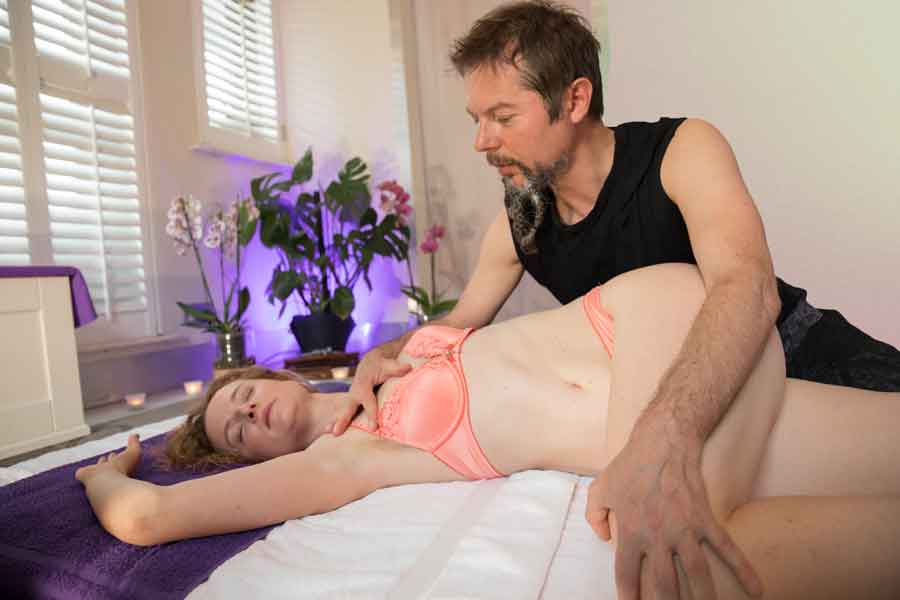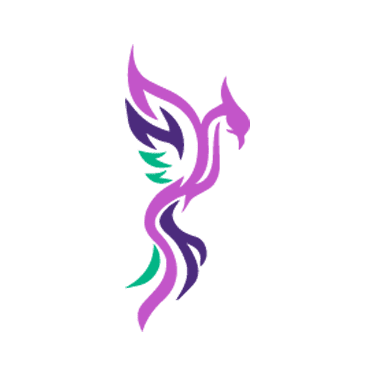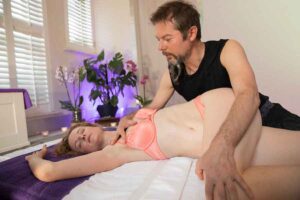“Tantric massage” is a practice commonly associated with the New-Age and Neo-Tantra movement that is not necessarily rooted in Classical Tantra, therefore the term could be considered a misappropriation or misrepresentation. The affiliation with Classical Tantra is due to the focus of the Neo-Tantra movement on sexuality as the main scope of Tantra, which is a gross misperception. However, Classical Tantra and Taoist practices incorporate working with energy that also include sexuality; chakra cleansing, opening and activation; spiritual states of awakening and “spiritual orgasms” – commonly associated with Kundalini activation and awakening.
I am mostly using the term “Tantric massage” because its use has become wide-spread and people relate to it. Therefore, I feel the need to provide further clarification to avoid confusion between Tantric massage as a therapeutic practice, and pleasure-focused Tantric massage as an erotic-only service. The client or the receiver of a Tantric massage is not a giver. Their duty is to receive and surrender to the rediscovery and healing of senses, feelings and emotions, cognitive repositioning, and spiritual awakening. A therapeutic Tantric massage incorporates breathwork, meditation, special full body massage techniques, somatic experiencing, psycho-somatic bodywork, working with energy, and mindfulness elements, and is not necessarily sexual. Unlike the erotic massage, this therapeutic (and considered sacred, by many) practice incorporates the tantric essence of Shakti (in Sanskrit, Śakti, meaning energy, power, the goddess). When this universal force is artfully embedded into the therapy it can touch the deepest layers and aspects of the being and be a powerful and profound instrument of spiritual, emotional and physical healing.
In the Tantric philosophy, Kundalini (correctly spelled “Kuṇḍalinī”) is understood to be at the core of life energy, the womb of the universe, the source of the world. In Tao the equivalent energy is Chi. Kundalini, also referred to as “the primordial coiled one”, is to be visualized & experienced in the region of the heart, remaining there with the appearance of a curled bud until it is straightened. In classical Tantra, there are two Kundalini energies: an upper Kundalini in the crown of the head, which is to be brought down towards the heart, and a lower Kundalini at the base of the body, often associated with sexual energy, which is to be “compressed” and encouraged to rise up. The two Kundalinis are supposed to meet and merge in the central channel and thereby become one Kundalini, causing the stabilization of awakened awareness. When Kundalini straightens out in the central channel by descending from the top and rising from the bottom, the awakening process has begun.
In the Hatha-yoga tradition, however, the view of the two Kundalinis was lost, and so Haṭha-yoga gave us the popular current understanding of a dormant snake-like power at the base of the spine that needs to ascend until it reaches the crown of the head as the end of its journey. This is significantly different from classical Tantra and even dangerous in a certain sense, because it encourages an unbalanced upward-only movement that is fundamentally transcendental and therefore anti-embodiment. The Tantric bodywork addresses both Kundalini energies therefore being both embodied and transcendental in nature, enabling healing and awakening of the whole being.
As Kundalini permeates all energies in the body and is also connected with the sexual energy, incorporating it in the Tantric massage therapy makes it possible to activate and amplify the life energy via well-controlled practices that may employ breathwork, sound, bodywork, yoga practices, shamanic therapeutic touch or Tantric bodywork including sexual energy as a catalyst and channel.







2 thoughts on “What is Tantric Massage Therapy?”
Very insightful, thank you for clarifying. I’ve always felt somewhat confused by what tantric massage really meant as different people (therapists, healers, tantra teachers) explained and practiced it quite differently.
Thank you for reading my post and for your appreciation, Deborah. Yes, the term is used loosely in various contexts with significantly different meanings. It is important that you always ask a practitioner as many clarifying questions before agreeing to having a session. And most importantly, I strongly recommend enquiring about the practitioner’s code of ethics and how boundaries will be honoured. Blessings and warm regards, Tyr.